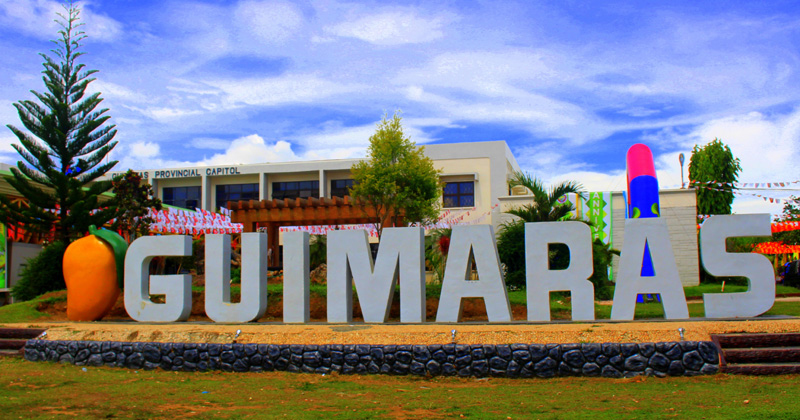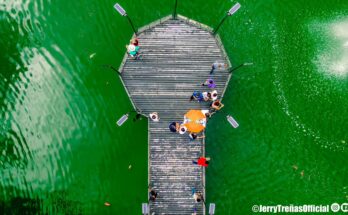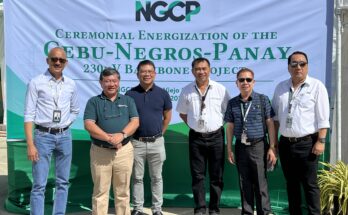Guimaras has come a long way from being just a small island-province south of Panay to become the home of the world’s sweetest mangoes and pristine beaches.
How did it come to be what it is now? Let us go back in time to the island-province centuries-old history laid underneath its silver anniversary.
Guimaras history can all be traced back after the fall of Ferdinand Magellan in the hands of Datu Lapu-Lapu when the Spaniards discovered the Philippines in 1521.
The remainder of Magellan’s troops sailed away to the neighboring islands of Cebu in search for a safe haven. And as they were sailing in between the islands of Panay and Negros, they saw a smaller island and the Portuguese mariner decided to call it: Guimaraez, after the capital of their country – the birthplace of Portuguese nationality.
Besides the pristine beauty of the island, it was rich with products such as wood, stone for construction, wax and honey. In the latter years its fishing and agricultural industries became massive with its abundant fishing grounds and the bountiful harvest of rice, corn tobacco, coffee, and cacao.
These qualities had attracted the attention of the Spaniards that had long settled at Arevalo in Iloilo. And soon foreigners were flocking in the island for purposes of getting building materials, to research on the ecosystem and to enjoy the abundant agricultural produce, which led to the introduction of Christianity among the locals.
Guimaras was converted into faith the same time Iloilo was, leading the Spaniards to organize pueblocitos or villages namely: Nayup, Nabilhan, and Igang – each with their own patron saints.
During this period there were two friars in Oton and Governor General Dasmariñas had assigned one to visit the island from time to time, reporting their progress back to the King of Spain. Their endeavor led Guimaras to be an annex to the parish in Iloilo in the 18th century despite the constant raiding of pirates in the island that slowed the growth in population.
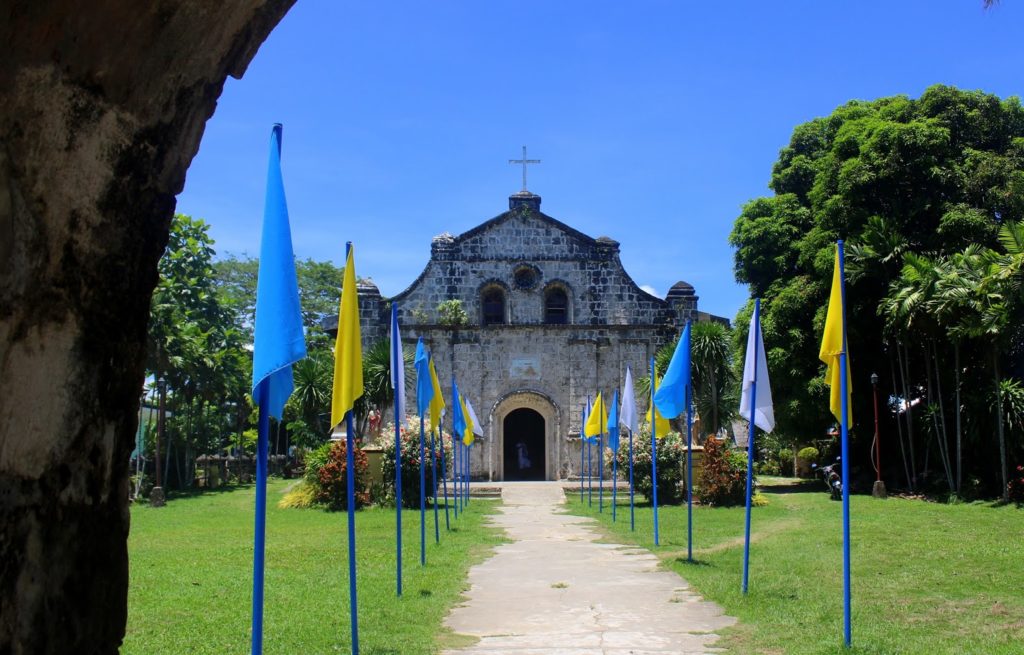 |
| The Navalas Church was built in 1880 is the oldest Catholic Church and the only heritage church in Guimaras. |
In the mid-18th century the island’s jurisdiction fell under one order after another: first was the Augustian Order then Jesuits then the Dominicans.
It was in 1775 that Guimaras was organised into a regular parish with Iloilo. The three villages mentioned earlier was formed into a single parish. After the population on the island increased, Guimaras was given its municipal status with seat of government in Tilad, now knowsn as Buenavista. As Guimaras became a municipality under Iloilo, its first Captain Del Pueblo was Eugenio Tarrazona. Since Buenavista became the government’s headquarter, it also became the mother town of the island.
The American Regime in the 20th century brought even faster progress that by 1908 Guimarasnons were given the right to elect their municipal president and Manuel Garganera was its first elected president. And it was in the same period that military genuis, General Douglas MacArthur, was head of Corps of Engineer in Iloilo then, constructed roads and wharfs. He gave jobs to the native laborers by hiring them in the construction site along army engineers, building a headquarter at Camp Jossman in Barrio Supang of Buenavista, where he had built the Sto. Rosario Wharf and the road from the wharf to Supang. And to honour his contribution to Buenavista, they changed the name of the wharf from Sto. Rosario to Gen. MacArthur’s Wharf after a resolution was passed on December 29, 1992.
Since the population continued to flourish, Guimaras was required to split into municipalities in 1918. Barrio Nagaba became the Municipality of Jordan with Valeriano Villanueva as its first municipal mayor. The third municipality was Nueva Valencia, created in 1941 with Florentino Gallopa as the first town executice. And these three municipalites became an integral part of the Province of Iloilo until Guimaras became a sub-province on June 18, 1966, thereby giving the island more governmental autonomy under the leadership of Senator Rodolfo Ganzon and Congressman Fermin Caram, Jr.
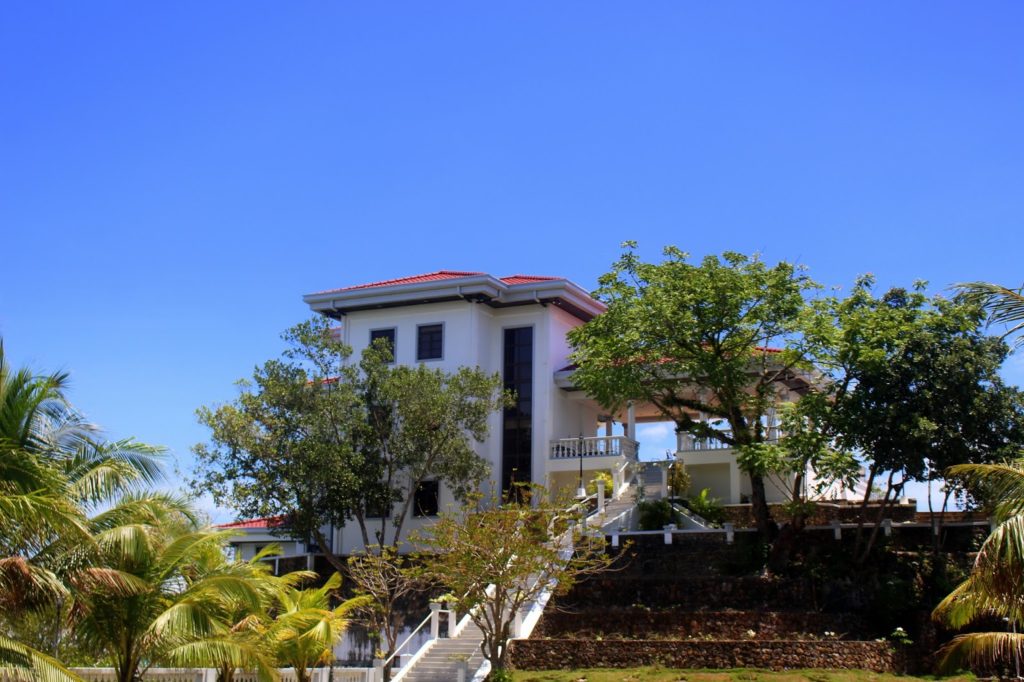 |
| Roca Encantada, a mansion declared as ‘heritage house’ by National Historical Institute. |
Three years after becoming a sub-province, a governor was appointed and eventually elected for the island. Antonio G. Ortiz was designated as Lieutenant-Governor but was later changed to Governor by virtue of the Republic Act No. 5682. And years later Governor Ortiz filed a leave of absence and entitled Atty. Gualterio B. Gelvezon as Officer-in-Charge. Unfortunately, on July 17, 1984, sixteen days after his leave, Governor Ortiz died of his longtime illness.
Following the Revised Administrative Code, Governor Conrado J. Norada became the Governor of Guimaras and at the same time Governor of the Province of Iloilo. In October of the same year, President Ferdinand Marcos had appointed Governor Leopoldo Locsin as Governor of the island. It was not until the end of former Buenavista Mayor, Aberlardo D. Javellana’s, term on February 1, 1988 that the people had elected their second and last governor as a Sub-province: Dr. Catalino G. Nava. Under Governor Nava’s term, Guimaras became a full-fledged and regular province. The proclamation became official on the 22nd of May in the year 1992.
After the successful campaign to make Guimaras independent, the work wasn’t over yet; progress still had to be made for this newborn province to be able to stand on its own, and such work fell on the shoulders of Emily R. Lopez, the first governor for the Province of Guimaras. Improvements were indeed on its way that on February 20, 1995 – under President Ramos – two more municipalities were added to the advancing province between Panay and Negros. These new municipalities are called: Sibunag and San Lorenzo.
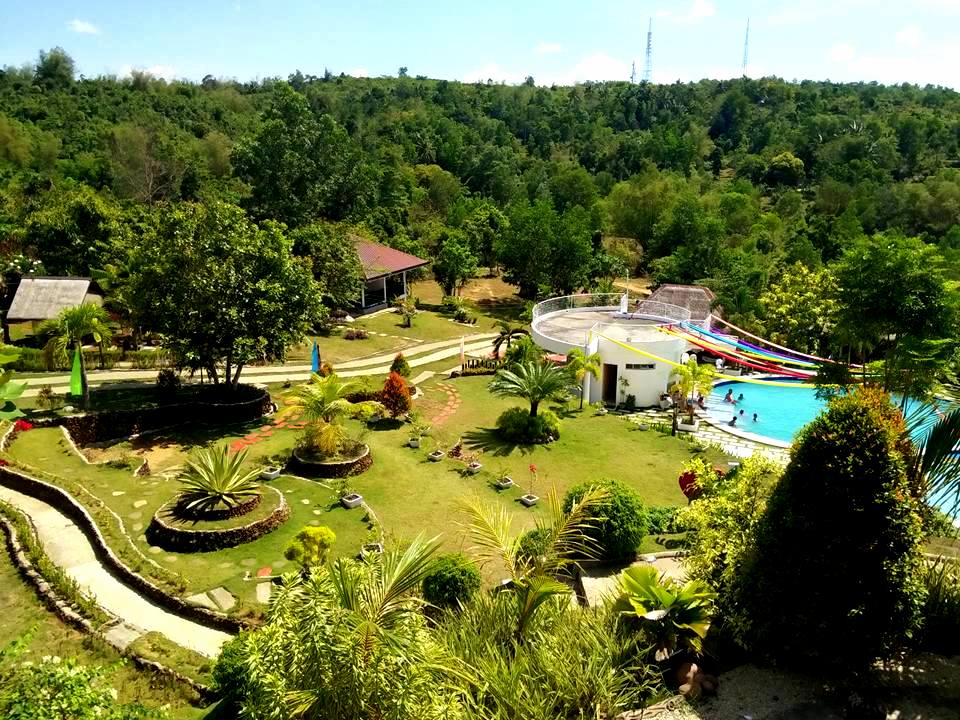 |
| Marceily Point, one of the tourist destinations in Guimaras today. |
Guimaras had come a long way to become an autonomous province, and not only that, the island had continued to prosper and expand its attraction as it aims to be the Agri-Tourism capital of Region VI. The province’s mission is to help its people and improve their way of living through responsive and participatory governance.
Now, the island is known for producing the world’s sweetest mangoes and the famous Manggahan Festival that reminds us, Guimarasnons, of our humble beginnings and the potentials of what we can achieve when we unite and work together.
The Spaniards, from the ancient times, must have seen a promising island. An island that can sustain life with its beauty and abundant natural resources. And Guimaras does not disappoint. It is indeed an island filled with amazing possibilities and kind locals.
Come visit Guimaras this Manggahan Festival 2017 and you will surely enjoy your stay in the island that fits your taste!
